Subscribe to our YouTube channel for the latest videos, updates, and tips.
Home | About Us | Contact Us | Privacy | Math Blog
Conversion of Improper Fractions into Mixed Fractions
In conversion of improper fractions into mixed fractions, we follow the following steps:
Step I: Obtain the improper fraction.
Step II: Divide the numerator by the denominator and obtain the quotient and remainder.
Step III: Write the mixed fraction as: QuotientRemainderDenominator.
To convert an improper fraction into a mixed number, divide the numerator of the given improper fraction by its denominator. The quotient will represent the whole number and the remainder so obtained will be the numerator of the fractional part. The denominator of the fractional part will be the same as that of the improper fraction i.e.,
Conversion of Improper Fractions into Mixed Fractions Video:
Subscribe to our YouTube channel for the latest videos, updates, and tips.
Let us convert 75 into a mixed number.
As you know if a fraction has same number as numerator and denominator, it makes a whole. Here in 75 we can take out 55 to make a whole and the remaining fraction we have is 25. So, 75 can be written in mixed numbers as 125.
55 = 1 + 25
75 = 55 + 25 = 1 + 25 = 125
|
Actually, 75 means 7 ÷ 5. When we divide 7 by 5 we get 1 as quotient and 2 as remainder. To convert an improper fraction into a mixed number we place the quotient 1 as the whole number, the remainder 2 as the numerator and the divisor 5 as the denominator of the proper fraction. |
Examples on Conversion of Improper Fractions into Mixed Fractions:
For Example:
1. Express each of the following improper fractions as mixed fractions:
(i) 174
We have,
Therefore, Quotient = 4, Remainder = 1, Denominator = 4.
Hence, 174 = 414
(ii) 135
We have,
Therefore, Quotient = 2, Remainder = 3, Denominator = 5.
Hence, 135 = 235
(iii) 285
We have,
Therefore, Quotient = 5, Remainder = 3, Denominator = 5
Hence, 285 = 535.
(iv) 289
We have,
Therefore, Quotient = 3, Remainder = 1, Denominator = 9
Hence, 289 = 319.
(v) 22615
We have,
Therefore, Quotient = 15, Remainder = 1, Denominator = 15
Hence, 22615 = 15115.
2. Convert each of the following improper fractions into mixed numbers.
(i) 157
(ii) 249
Solution:
(i)
(ii)
Conversion of an Improper Fraction Into a Mixed Fraction:
3. Let us convert 225 into an mixed fraction.
Divide the numerator 22 by the denominator 5.
The quotient 4 gives the whole number. The remainder 2 is the numerator of the fractions.
The denominator of the fraction remains the same. So, 225 = 425
4. Convert 413 into mixed fraction.
Divide the numerator 41 by the denominator 3.
The quotient 13 gives the whole number. The remainder 2 is the numerator of the fractions.
The denominator of the fraction remains the same.
So, 413 = 1323
Worksheet on Conversion of Improper Fractions into Mixed Fractions:
1. Convert the following into Improper Fractions:
(i) 119
(ii) 245
(iii) 268
(iv) 599
(v) 647
Answer:
1. (i) 129
(ii) 445
(iii) 328
(iv) 659
(v) 917
● Fraction
Representations of Fractions on a Number Line
Conversion of Mixed Fractions into Improper Fractions
Conversion of Improper Fractions into Mixed Fractions
Interesting Fact about Equivalent Fractions
Addition and Subtraction of Like Fractions
Addition and Subtraction of Unlike Fractions
Inserting a Fraction between Two Given Fractions
From Conversion of Improper Fractions into Mixed Fractions to HOME PAGE
Didn't find what you were looking for? Or want to know more information about Math Only Math. Use this Google Search to find what you need.
Recent Articles
-
5th Grade Circle Worksheet | Free Worksheet with Answer |Practice Math
Jul 11, 25 02:14 PM
In 5th Grade Circle Worksheet you will get different types of questions on parts of a circle, relation between radius and diameter, interior of a circle, exterior of a circle and construction of circl… -
Construction of a Circle | Working Rules | Step-by-step Explanation |
Jul 09, 25 01:29 AM
Construction of a Circle when the length of its Radius is given. Working Rules | Step I: Open the compass such that its pointer be put on initial point (i.e. O) of ruler / scale and the pencil-end be… -
Combination of Addition and Subtraction | Mixed Addition & Subtraction
Jul 08, 25 02:32 PM
We will discuss here about the combination of addition and subtraction. The rules which can be used to solve the sums involving addition (+) and subtraction (-) together are: I: First add -
Addition & Subtraction Together |Combination of addition & subtraction
Jul 08, 25 02:23 PM
We will solve the different types of problems involving addition and subtraction together. To show the problem involving both addition and subtraction, we first group all the numbers with ‘+’ and… -
5th Grade Circle | Radius, Interior and Exterior of a Circle|Worksheet
Jul 08, 25 09:55 AM
A circle is the set of all those point in a plane whose distance from a fixed point remains constant. The fixed point is called the centre of the circle and the constant distance is known


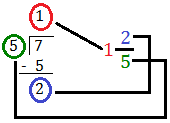




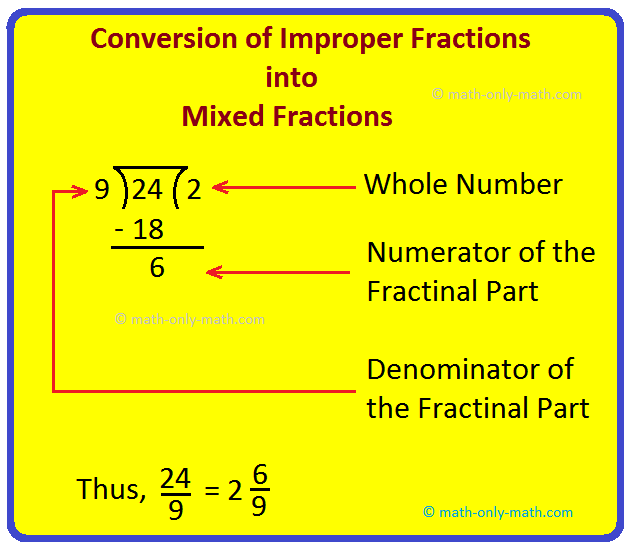
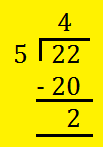

![To convert a percentage into a fraction, place the given number over 100 and reduce it to its lowest term. Consider the following example: (i) 20% [We know % = 1/100]](/images/convert-a-percentage-into-a-fraction.png)
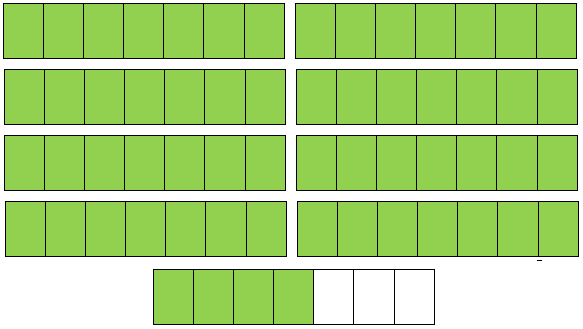

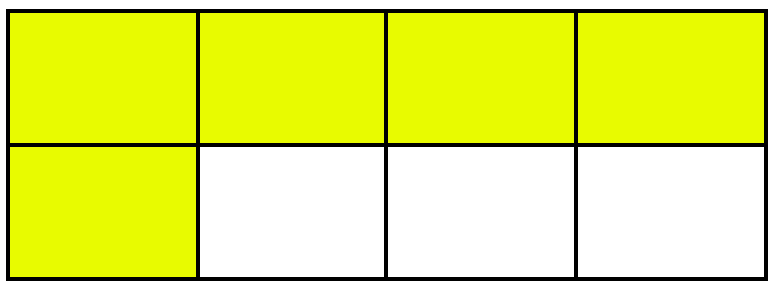

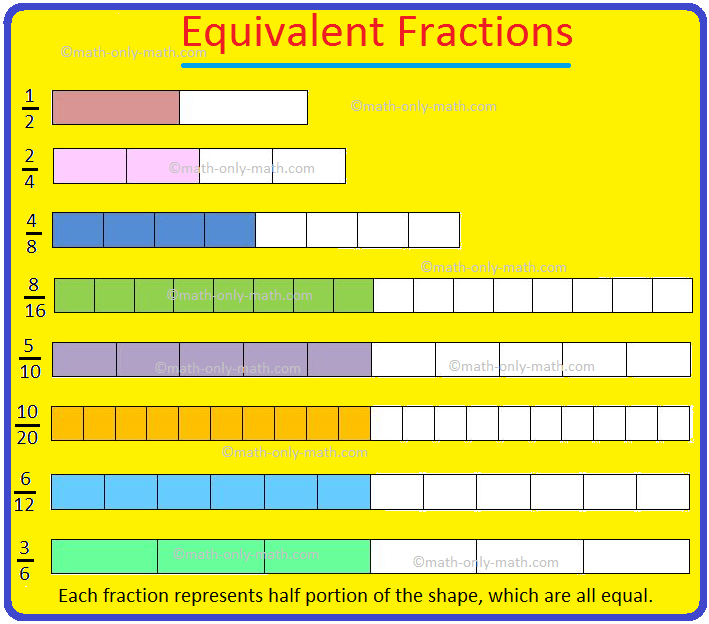
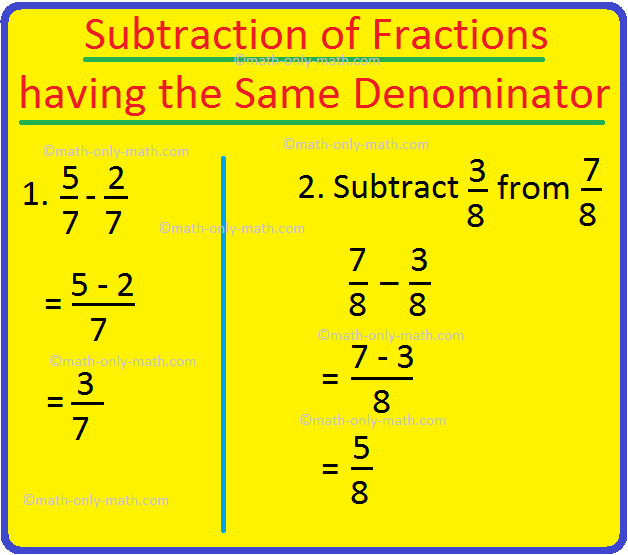
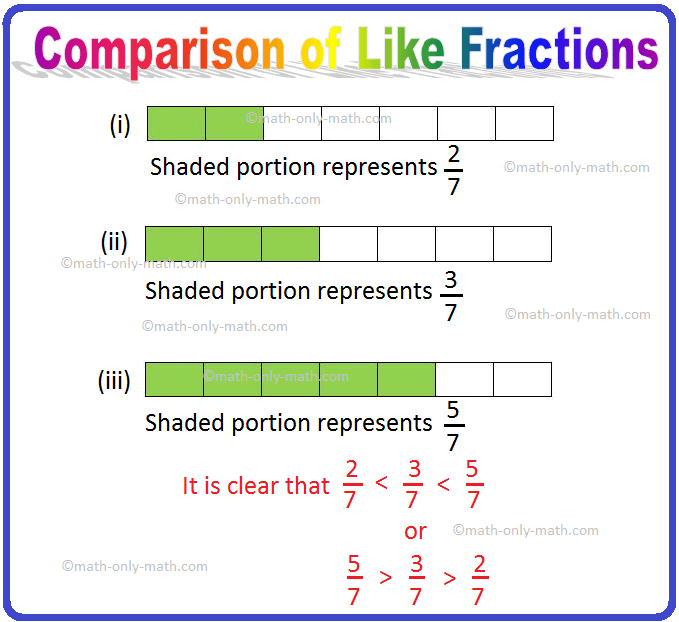

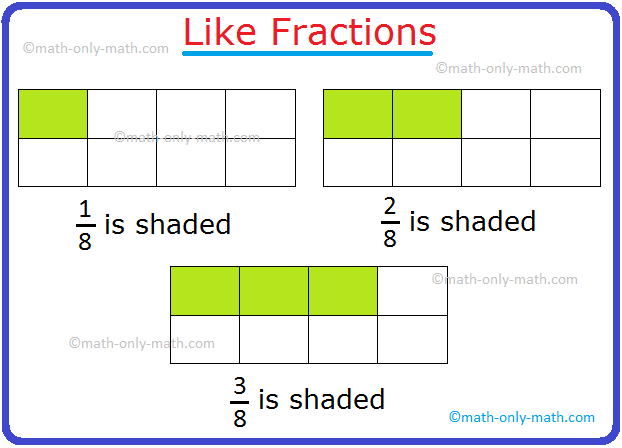
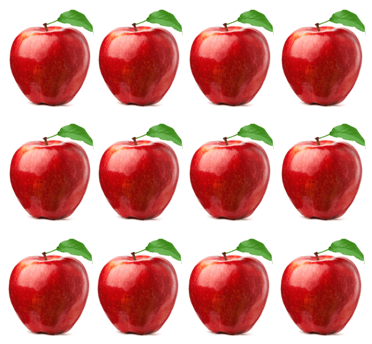



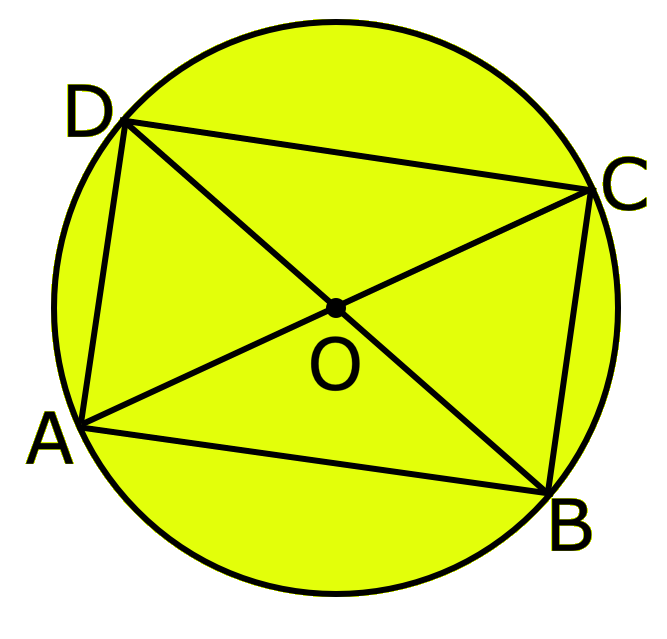
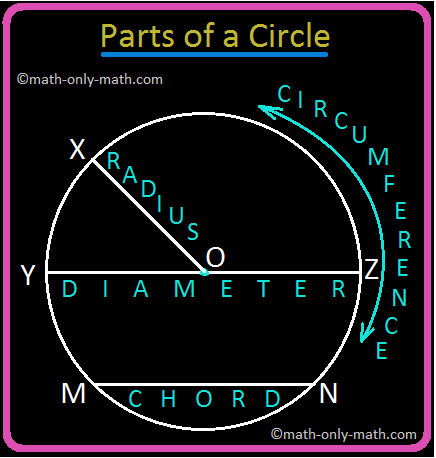
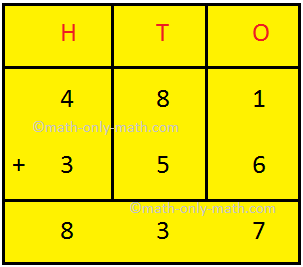
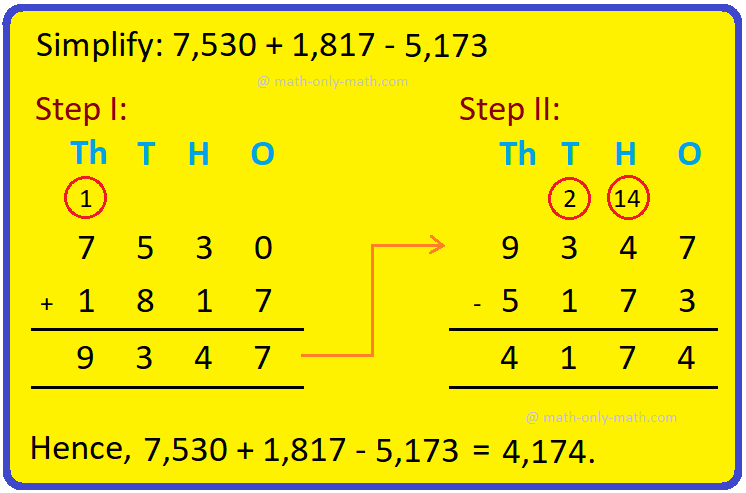
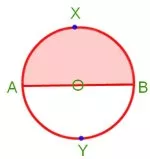
New! Comments
Have your say about what you just read! Leave me a comment in the box below. Ask a Question or Answer a Question.